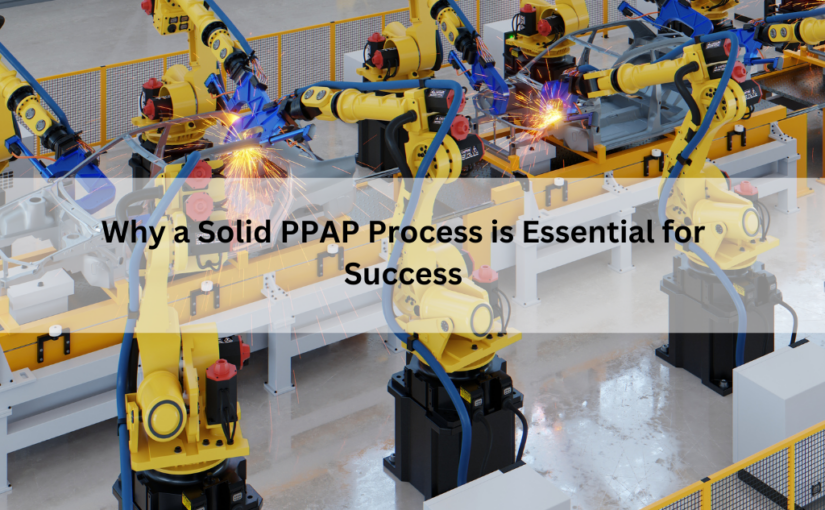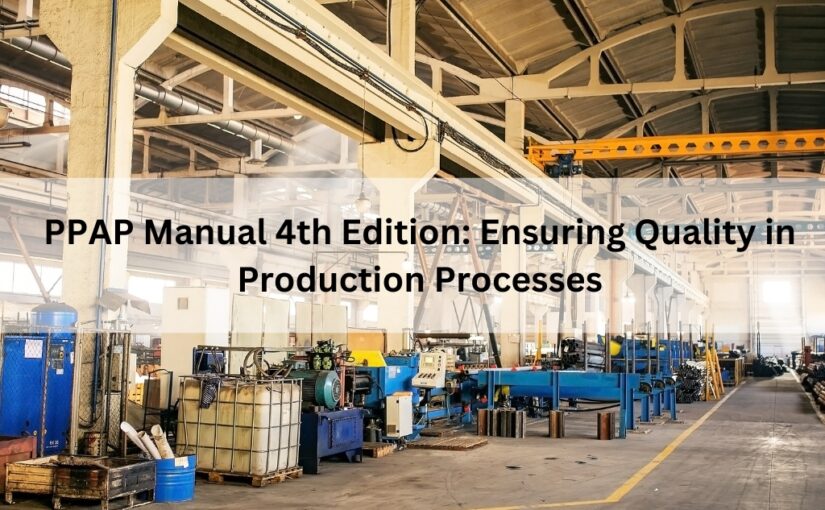Photorealistic Rendering – Taking 3D Modeling to the Next Level
CAD drafting has been in use for many years now. However, today’s mechanical CAD tools are far more sophisticated than those which were available ten years ago. For example photorealistic rendering, once the preserve of movies, TV and the gaming industry, is now widely used in mechanical design.
Photo realistic rendering uses 3D modeling to build a photorealistic representation of the final prototype. It may be static or animated, incorporating special effects such as shadowing and motion blurring. In this way, 3D rendered engineering animation can be of cinematic quality.
Software such as Autodesk 3D max render can be used in a number of ways. It gives the engineer a detailed realistic model to work with, which can be modified and resized in any number of ways. 3D rendered simulations can also be used to pitch ideas to marketing executives, showing them how the concept will look and perform before the engineering BOM has been created. If a design is a single component of a larger system, or a standalone product designated for a particular environment, photorealistic rendering can be used to show how it will appear when installed.
Today, companies offering CAD, CAM and CAE services can integrate 3D max rendering applications into existing system software. 2D TO 3D conversion allows engineers to create photorealistic graphics and animated images of existing models, without having to export them from one CAD environment to another.
We at Enventure Technologies offer a wide range of CAD, CAM and CAE services, utilizing the latest 3D Max Render software. We can radically reduce costs and time-to-market even with large, complex hardware designs.










